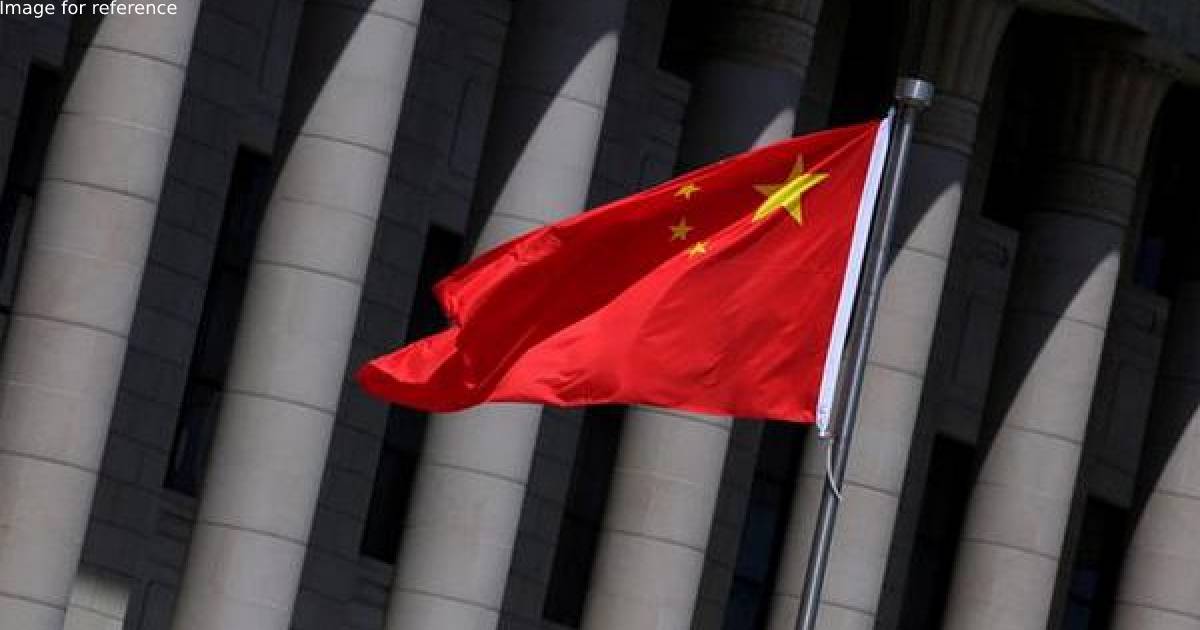Around a tiled square on the outskirts of the Chinese city of Nanjing, a cluster of apartment buildings rise like concrete columns towards a grey sky.
At first glance, the structures look like a testament to China’s awe-inspiring construction boom, which saw the country use more cement between 2011 and 2013 than the United States did throughout the entire 20th century.
There is no light in any of the buildings and most of them lack doors or windows.
An eerie silence lies over the compound, which is strewn with disassembled equipment and construction materials, broken occasionally only by the sound of a tarp flapping lazily about on top of a stack of iron rods.
There are no residents in sight.
“The workers stopped building in 2019,” Ji Zhang, a 61-year-old resident who asked to be referred to by a pseudonym, told Al Jazeera. “They say it was because the developer ran out of money.”
Over a grainy video call, Ji gestures towards one of the unfinished high-rises, where she and her husband purchased a sixth-floor apartment in 2017.
Ji felt like they were buying into a dream when they poured most of their life savings into a 60 percent down payment for the property.
“It was all just an old village back then, but when the sales agents showed us the plans for the area, I saw how it could give my husband and me the retirement we were looking for,” Ji said.
The compound promised a range of modern amenities, proximity to an array of shopping options and access to far better medical facilities than the urban village outside Nanjing where Ji and her husband had been living.
Most importantly, the apartment offered the chance for Ji and her husband to live much closer to their daughter and two grandchildren in Nanjing.
“But we haven’t had a chance to enjoy any of that,” Ji said with tears in her eyes.
But with their apartment still unfinished five years after their purchase, Ji’s retirement dream lies in tatters.
“And this is not just happening to us,” Ji said, wiping away her tears. “It is unfortunately happening all over China.”
‘Rotten-tail buildings’
Across China, from Guilin in southern China to Dalian in the north, countless home buyers have emptied their life savings into homes that never materialised.
So-called “rotten-tail buildings”, as they are known in Chinese, dot the outskirts of cities and central locations alike. In Nanjing, a hotel, an office building, an art museum and even a castle have remained unfinished for years.
In a suburb of the northeastern city of Shenyang, a planned neighbourhood of about 260 European-styled villas, was abandoned by the developer only two years after construction began.
Today, the land is occupied by local farmers who grow crops on the paths through the neighbourhood and rear cattle in enclosures between the villas.
Thousands of completed homes also lie empty across the country within so-called ghost cities.
In 2017, an estimated 65 million units – a fifth of all homes in China – lay vacant.
In September, He Keng, a former deputy head of the country’s statistics bureau, said that there were probably more vacant homes than could be filled by the country’s 1.4 billion people.
Local officials have made various efforts to deal with the glut, from removing restrictions on home purchases to offering buyers incentives such as new cars, smartphones and gold bars.
But such measures only scratch the surface of a much larger problem, according to analysts.
“This is a massive property crisis centring around a housing bubble that has been building up for many years,” Thomas Rao, a risk analyst at a major Chinese bank in Shanghai, told Al Jazeera.
During the late 2000s, entire “ghost” cities and neighbourhoods began to emerge across China as a credit-fuelled building boom bumped up against lacklustre demand.
“This has been a problem, particularly in medium-sized cities and smaller cities where supply and demand has been especially skewed,” Yang Jiang, a senior researcher at the Danish Institute for International Studies, told Al Jazeera.
The mismatch between supply and demand has been attributed to local governments becoming dependent on land sales to balance their budgets and developers becoming dependent on buying the land, developing properties on it and selling those properties to turn a profit.
“It all ran on the expectation that demand and property prices would continue to increase,” Jiang said.

